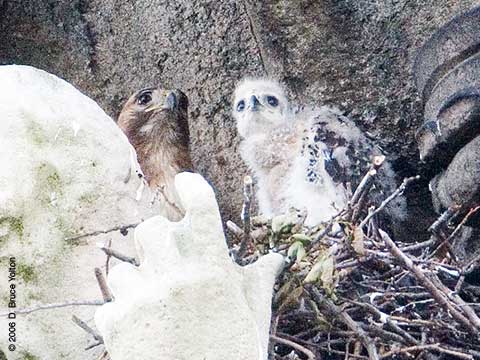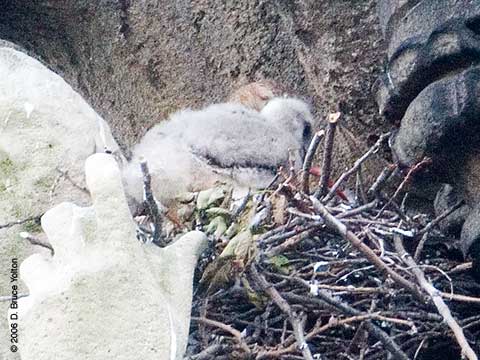Mockingbird vs. Red-tailed Hawk
On early Saturday afternoon, a Mockingbird managed to annoy the female Red-tail enough that she moved off of 301 West 110th Street!
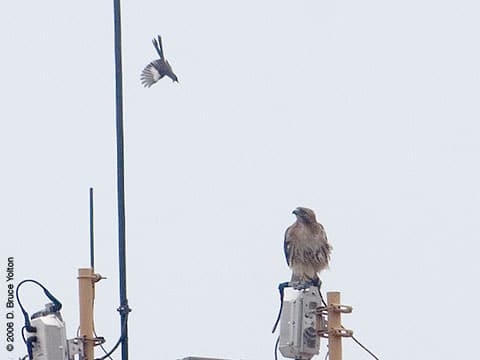
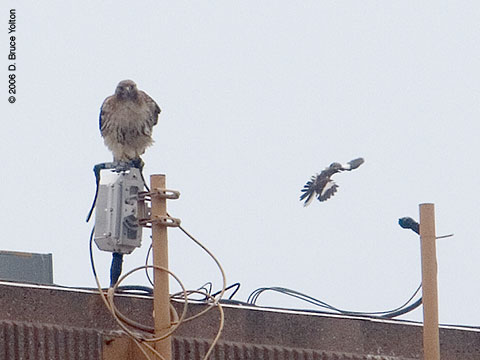

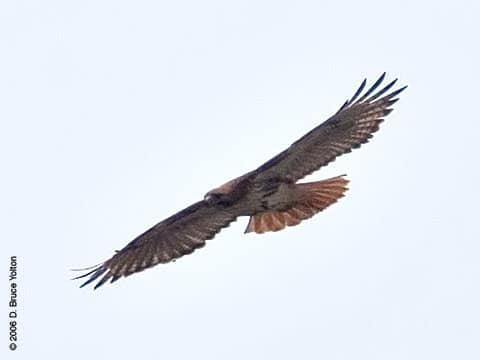
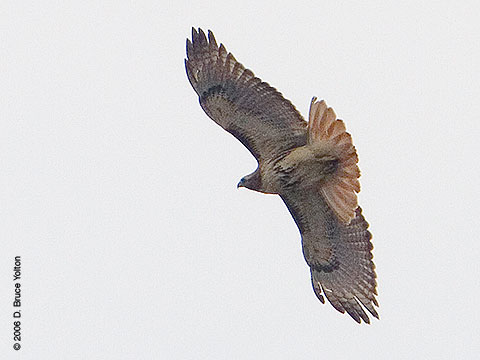
On early Saturday afternoon, a Mockingbird managed to annoy the female Red-tail enough that she moved off of 301 West 110th Street!





The St. John the Divine nest has a deep slope that allows the eyasses to completely hide from view. Since we discovered the second eyas on Sunday, there have been clues that a third eyas might be in the nest.
Today, the puzzle was solved. We finally got to see all three at the same time. Once during a morning feeding and again in the early afternoon.
Update: Since June 1st, we’ve only been able to see two eyasses.


Friday afternoon started with a very hazy sky, which changed to light rain before clearing. The eyasses are losing their downy appearance more and more each day.




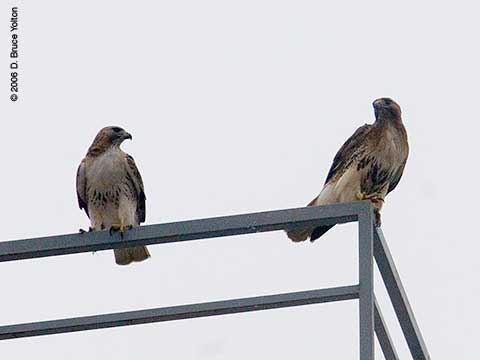
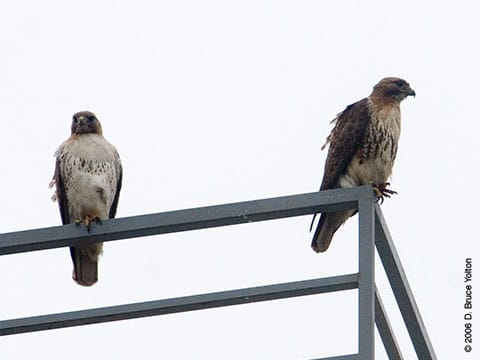
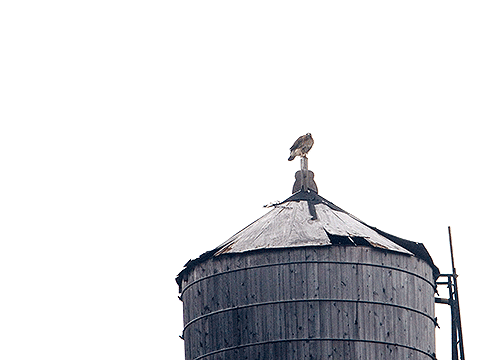
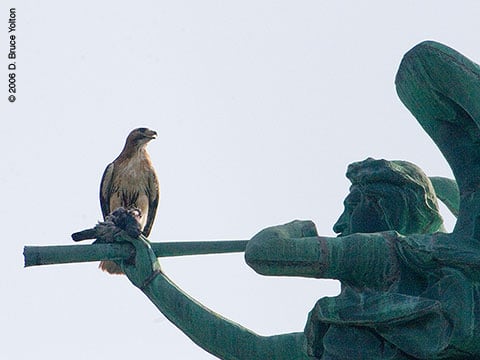
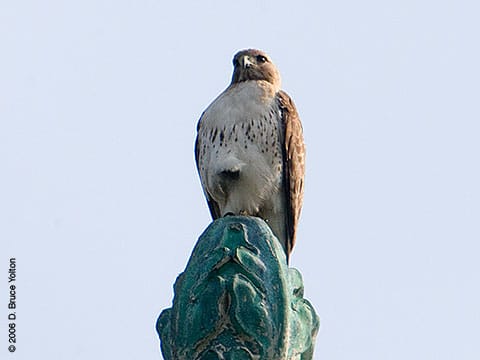
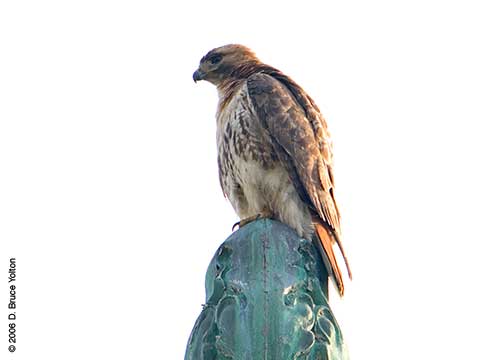
It was a nice evening on Wednesday with temperatures in the 70s. The warmer weather seemed to increase the activity of the mother and the eyasses.
If you come up to visit the hawks, the best view is not from Morningside Drive, but from 113th Street. From Morningside drive, turn onto the south side of 113th Street, walk about 20-30 feet west and look up at the Cathedral. On the top of the Cathedral in front of you (but below the roof line) will be two Saints together. Go two Saints to the left, and you’ll see the statue of the Apostle, St. Andrew. He has his hand up to his face. The nest is on his shoulder. This side view is the best vantage point for looking into the nest.
If you have young children, the Hawk Mountain Sanctuary web site has a great coloring book online.
Go to www.hawkmountain.org/education/HMS_coloring_book.htm and click on the Buteos link. A very large PDF will download. You’ll then be able to print out a few nice coloring book pages. (If your children want a colored page to copy from, click on the Back Cover link, and print it out.)






I arrived late from work around 6:30. We found the mother on a new perch about 10 feet above the nest. The perch can’t be seen from 113rd Street.
Most of the evening was quiet, with two brief bursts of eyas activity.
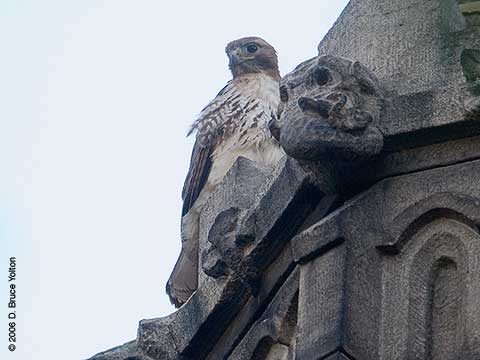
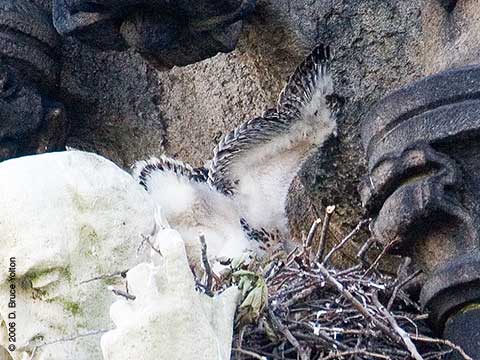
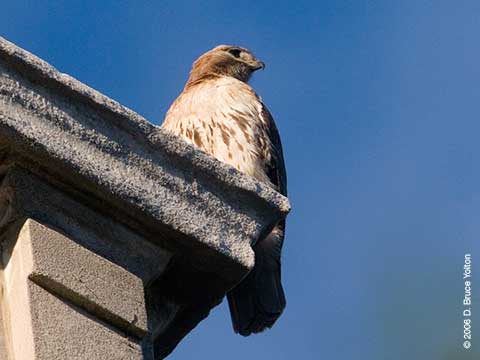
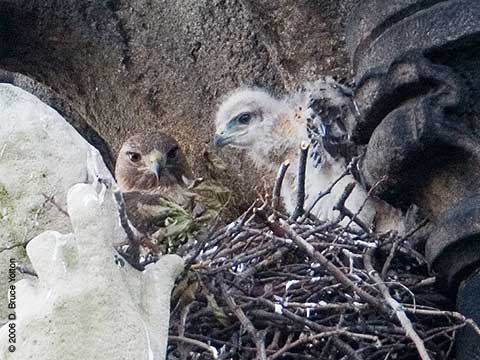
It’s been a lot of fun learning the habits of the St. John the Divine Red-tails. Each day we discover a little more about where they perch, where they hunt, and the timing of their movements and feedings.
On Monday, we found a new perch for the mother. It’s a little higher than the nest, about 15 feet south of the nest. The mother can swoop down in a second or two to the nest. It can be a little hard to see her from 113th Street, by she can easily be seen if you walk down Morningside Drive.
I had my camera on burst mode which takes a frame every 1/5 of a second. She managed to make it from the edge of one frame and completely into the nest in less than 1/5th of a second. The distance was about 4 feet. She’s quick.
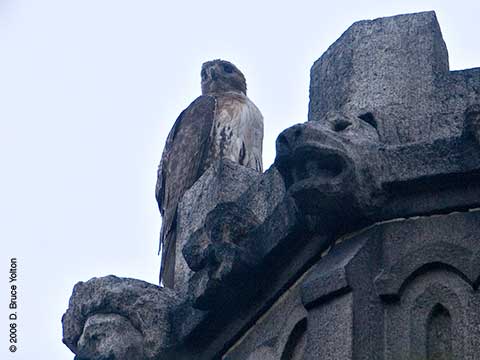
The other discovery was the difference in appearance between the two siblings, now that both are showing themselves more fully. The difference of just a day or two in age is dramatic.
